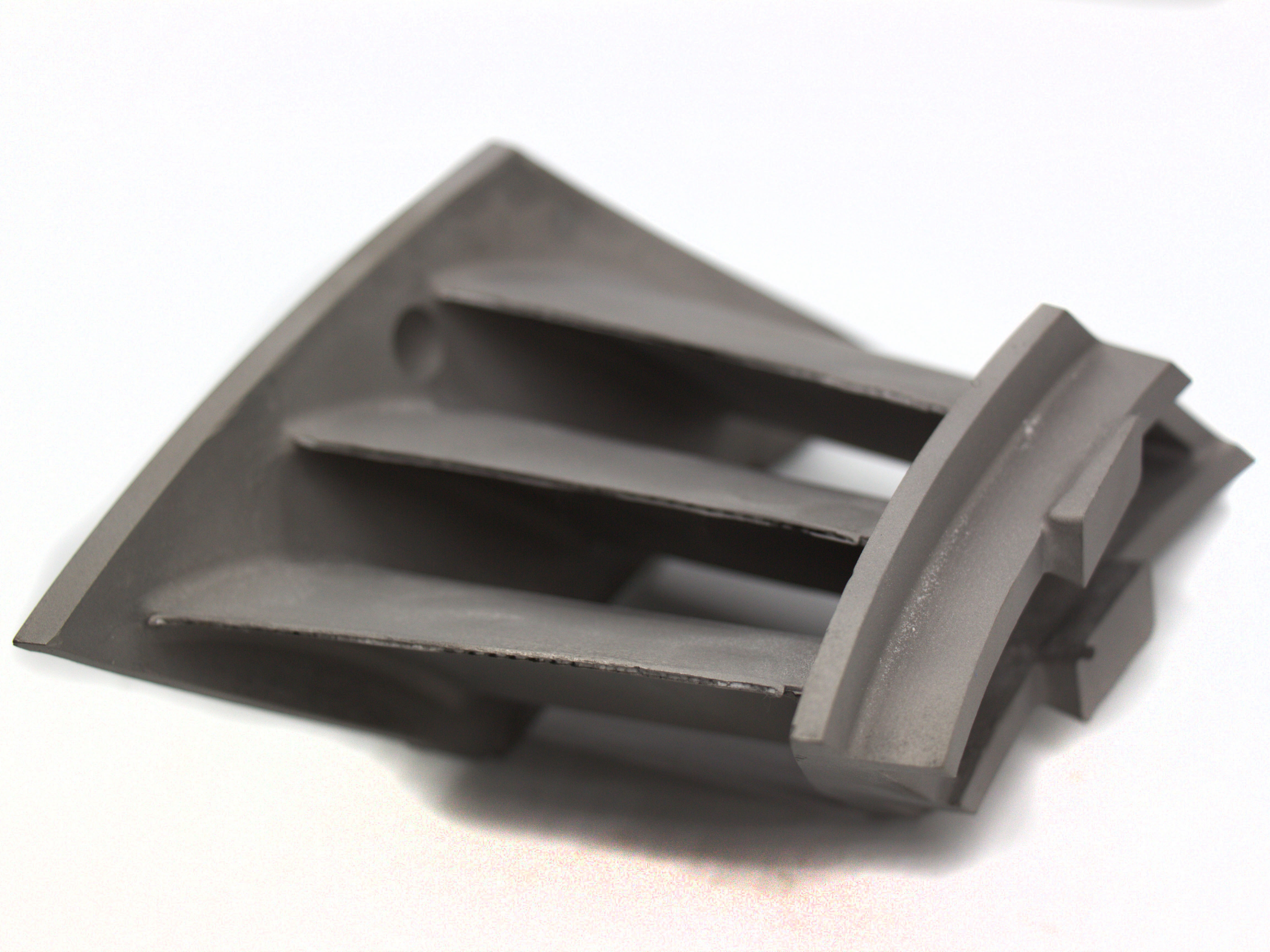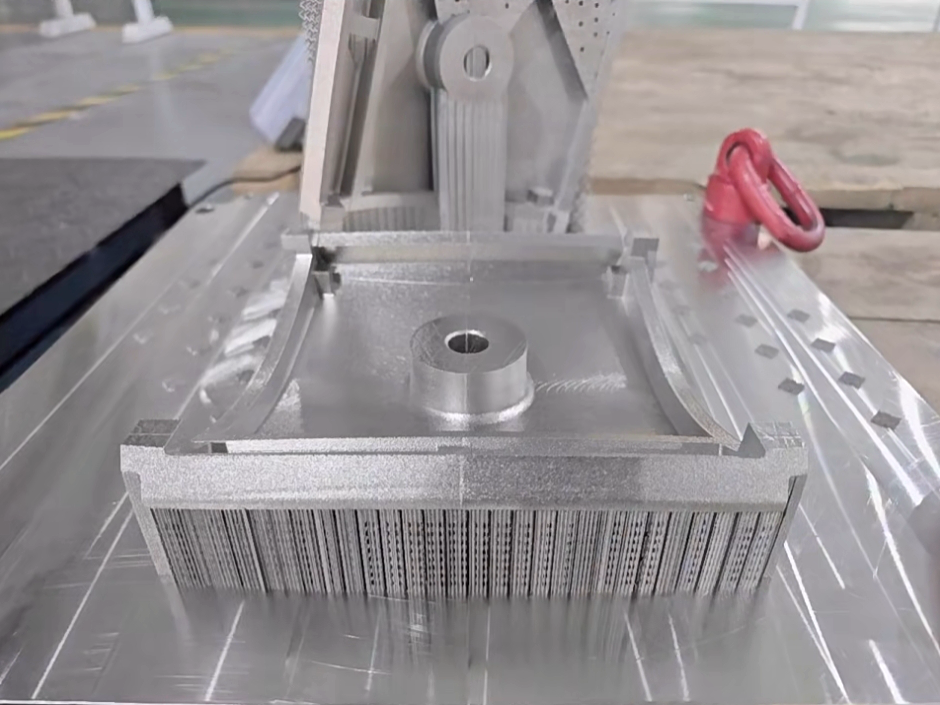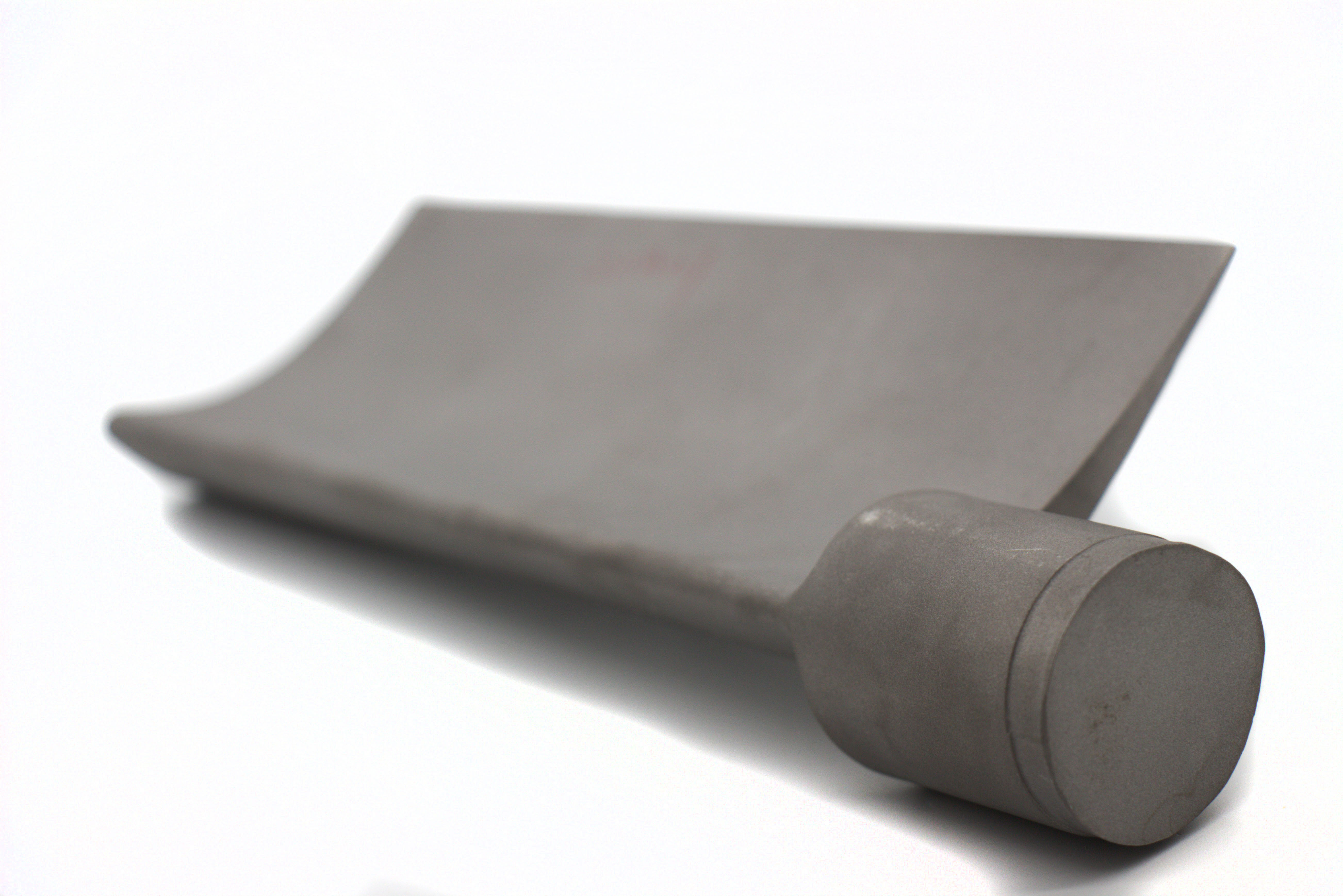Enhanced Mechanical Properties: Maximize Durability and Performance through HIP
 Creating parts with maximum strength, durability, and performance is crucial in advanced manufacturing. One of the key methods used to achieve these mechanical enhancements is hot isostatic pressing (HIP). HIP is a post-processing technique that applies high pressure and temperature to improve the mechanical properties of 3D printed and cast parts. In this blog, we will explore how HIP works, its benefits for enhancing mechanical properties, and how it can significantly maximize the durability and performance of your components.
Creating parts with maximum strength, durability, and performance is crucial in advanced manufacturing. One of the key methods used to achieve these mechanical enhancements is hot isostatic pressing (HIP). HIP is a post-processing technique that applies high pressure and temperature to improve the mechanical properties of 3D printed and cast parts. In this blog, we will explore how HIP works, its benefits for enhancing mechanical properties, and how it can significantly maximize the durability and performance of your components.
What is Hot Isostatic Pressing (HIP)?
Hot Isostatic Pressing (HIP) is a process in which parts are subjected to high temperatures and pressure in an inert gas atmosphere, typically argon. The part is heated to a specific temperature, typically between 900°C and 1300°C, and then subjected to uniform pressure of 100 to 200 MPa. This combination of heat and pressure helps remove internal voids (porosity), enhance material bonding, and refine the microstructure, resulting in improved mechanical properties.
HIP is commonly used in aerospace, automotive, medical, and energy industries, where high-strength, durable, and high-performance parts are critical. It is especially beneficial for parts made from metals, such as titanium, Inconel, and stainless steel, as well as cast components in high-performance applications.
How HIP Enhances Mechanical Properties
1. Reducing Porosity and Increasing Density
One of the most significant benefits of HIP is its ability to reduce porosity in 3D printed and cast parts. Porosity is a common issue in additive manufacturing and casting, where trapped gas bubbles or voids can weaken the material and compromise the part’s structural integrity. HIP eliminates these voids by applying uniform pressure, which causes the material to densify and bond together more effectively.
The result is a more homogenous material with improved density, which enhances strength and toughness. The reduced porosity increases fatigue resistance and ensures long-term durability for parts that will undergo high-stress conditions, such as aerospace turbine blades or medical implants.
2. Improving Strength and Toughness
HIP helps improve both the strength and toughness of materials. By refining the microstructure and eliminating voids, HIP promotes better material continuity and strengthens the grain boundaries. This enhances mechanical properties, including tensile strength, fatigue resistance, and impact toughness.
For example, in parts made from Inconel 625 or titanium alloys, HIP can significantly increase yield strength and resistance to cracking under stress. The process makes these parts more suitable for demanding environments such as high-temperature applications, where components are subjected to cyclical thermal stresses.
3. Enhancing Fatigue Resistance
Parts subjected to repeated stress cycles (like turbine blades, automotive components, or medical implants) require high fatigue resistance to prevent premature failure. HIP improves fatigue resistance by removing internal defects that can act as stress concentrators. The resulting material structure is more uniform, making the part less prone to crack initiation and propagation.
In aerospace, for instance, components that undergo extreme forces during flight—such as titanium alloy wings or engine parts—benefit greatly from HIP. The increased fatigue resistance ensures that these parts perform reliably over long periods of use.
4. Improving Wear Resistance
HIP also enhances the wear resistance of 3D printed and cast parts, making them more durable when subjected to abrasive or frictional environments. By improving the material’s hardness and reducing porosity, HIP-treated parts are less likely to wear out over time. This is crucial for components such as gears, bearings, and other moving parts in machinery, automotive engines, and industrial equipment.
For example, parts exposed to high temperatures or high-speed contact, such as gas turbine engine components, require excellent wear resistance to ensure prolonged functionality. HIP treatment can significantly extend the service life of such components.
5. Refining Microstructure for Better Performance
HIP is a highly effective method for refining the microstructure of 3D printed and cast parts. The heat and pressure promote the redistribution of atoms, resulting in a more uniform and finer microstructure. This improvement leads to better mechanical properties, including higher toughness, improved ductility, and resistance to brittle fracture.
By optimizing the material’s microstructure, HIP enhances the overall performance of parts, making them better suited for high-performance applications that require materials to withstand extreme conditions such as high pressures and temperatures.
HIP Process Effect | Benefits for Mechanical Properties | Common Applications |
|---|---|---|
Porosity Reduction | Increases material density and eliminates internal voids | Aerospace, automotive, medical implants |
Strength and Toughness Improvement | Enhances tensile strength, fatigue resistance, and impact toughness | Aerospace components, industrial tools, turbine blades |
Fatigue Resistance | Improves resistance to crack initiation and propagation | Automotive, aerospace, medical implants |
Wear Resistance | Enhances surface hardness and durability under abrasion | Gears, bearings, engine components |
Microstructure Refinement | Increases overall material uniformity and performance | High-performance components, structural parts |
Applications of HIP for Enhanced Mechanical Properties
Aerospace: Components such as turbine blades, compressor discs, and structural parts require high strength, toughness, and fatigue resistance. HIP enhances these parts by reducing porosity, improving strength, and ensuring long-term durability in extreme conditions.
Medical Devices: Medical implants like orthopedic devices, bone screws, and surgical tools benefit from HIP’s ability to increase strength and biocompatibility. The enhanced mechanical properties ensure that the implants perform reliably inside the human body.
Automotive: High-performance parts like engine blocks, gears, and braking components benefit from HIP’s ability to improve fatigue resistance and wear properties, ensuring they last longer and perform better under high stress.
Energy: Components in power generation, such as turbine blades and valves, require high performance under high temperatures and pressures. HIP improves these parts' fatigue resistance, wear resistance, and overall durability, ensuring efficient and reliable operation.
Conclusion
Hot Isostatic Pressing (HIP) is a powerful post-processing technique that significantly enhances the mechanical properties of 3D printed and cast parts. By reducing porosity, increasing strength, improving fatigue and wear resistance, and refining microstructure, HIP helps maximize the durability and performance of critical components. Whether for aerospace, automotive, medical, or energy applications, HIP ensures that parts can withstand the harshest conditions and deliver reliable performance over time.
FAQs
How does HIP improve the mechanical properties of 3D printed parts?
What are the primary benefits of HIP for parts exposed to high stress?
Can HIP improve the wear resistance of 3D printed components?
What industries benefit most from HIP-treated 3D printed parts?
How does HIP enhance fatigue resistance in aerospace components?


